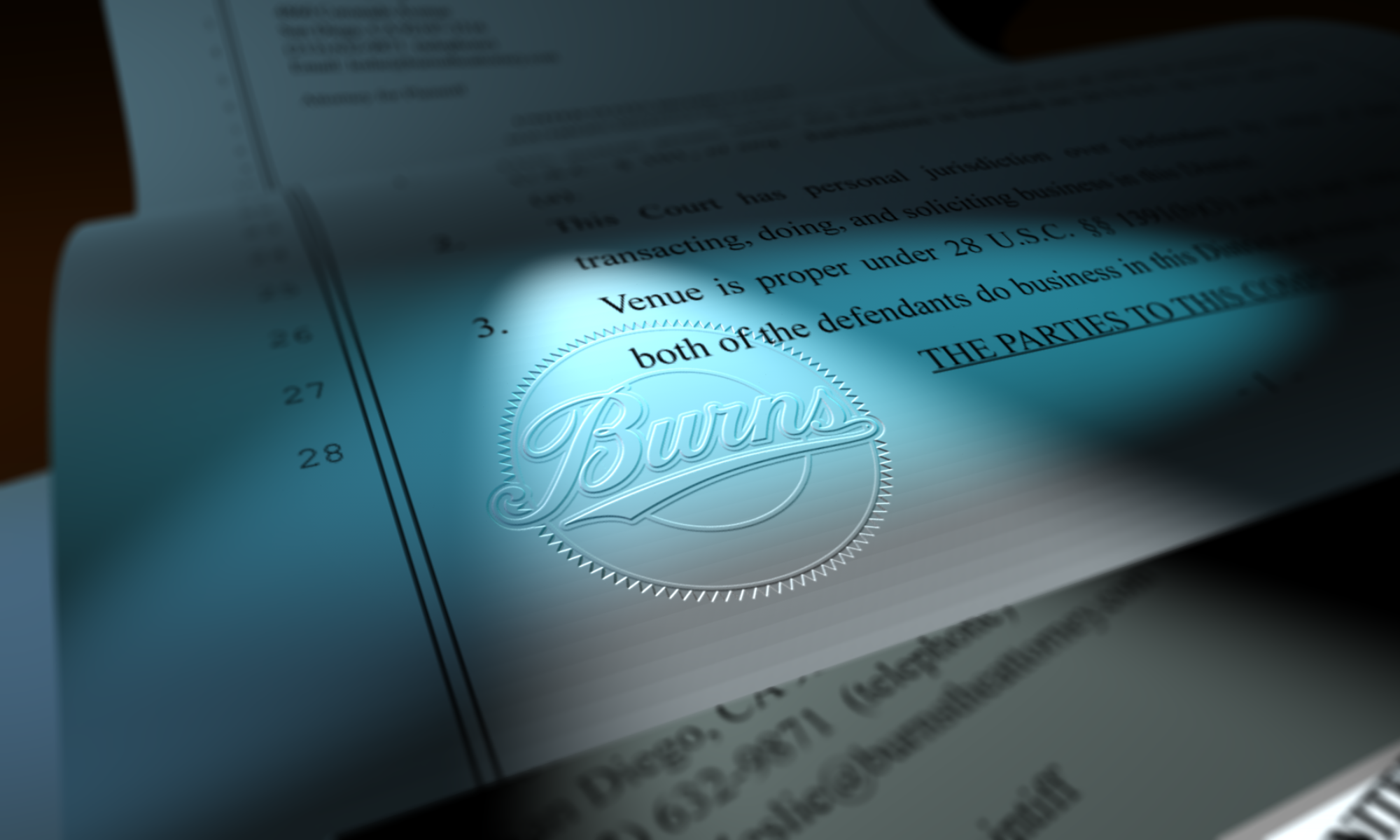You may have noticed the practice’s tag line, compassionate lawyering for creative professionals, and wondered “What the heck does compassion have to do with lawyering?” Well, I’ll tell you.
First, I refer to myself, semi-jokingly, as a “bad Buddhist.” I meditate, I read a lot by people like the Dalai Lama, Pema Chodron, and Thich Nhat Hanh, I believe in the Four Noble Truthsand try to follow the Eightfold Path. I also still drink alcohol, eat meat, and far too often suck at my practice.
See, bad Buddhist.
Anyway, a big part of Buddhism is being compassionate–understanding that all beings suffer, even the bad guys. My clients suffer too, of course, and I want to help them suffer less. So, voil, compassion.
How does this affect how I practice the law? I think it makes me a better lawyer. I take the time to see the whole case before proceeding and I am very present in the process. To use a sadly overused term today, I practice mindful lawyering.
Instead of coming into any interaction with the other sidewith overt aggression, swinging right off, I try to point out the issues and then give the bad actor the understanding and space to correct its bad behaviour. I listen, I try to see things from the opposition’s perspective (to understand, not to agree). I don’t humiliate or threaten, and I hold the line with, I hope, a certain graceful strength. Importantly,I don’t react to the hateful stuff that can be dished out (remember, when we feel attacked, even if we aren’t actually being attacked, we humans tend to lash out). When I get called names or otherwise get personally attacked (and that happens, a lot), I don’t retaliate. I don’t permit the other side to distract me from my purpose of protecting my client, her/his rights, and getting her/him satisfaction (besides, it’s never about me anyway–it’s about the case). That is being present and mindful; it is not being passive or weak.
These techniques have worked much more often than you might at first expect. I’m proud of my success rate. I think thatthe bad actor feels heard (is, in fact, heard), isn’t attacked (no retaliation, remember), and eventually has no place to go with all its aggressive energy so it becomes able to get my client’s position; that opens the doorto working together toa solution. Boom,an honorable win with no loss of face for the other side.
If, however, those techniques don’t work, I use what I’ve learned in that process to, um, let’s say lead the bad actorto a change of mind. Subtle pressure applied in the right manner, so to speak–in this case, using logic applied to the facts, including the additional data learned in the previous process, and arguing effectively until the other side has no choice but to recognizethat it’s got a loser case on its hands*. A colleaguereferred to what I do as legal jujitsu, and I think that’s pretty accurate since that practice is all about using the opponent’s energy against him/her. Eventually, the opponent will tap out*.
Lawyers are often called “pit bulls,” but that is definitely not me. I know some who are and I respect their process–it just isn’t mine. I think of myself more like the great shepherding breeds who get the sheep to do what they ought, without ever actually attacking them. Think Border Collie–they are damn fine and running circles around the sheep and wearing them out. Maybe that’s why I have a thing for black-and-white (clothes, car, photography…).
________
* To be clear, I don’t win every matter and I certainly don’t mean to imply that; also, past results are not predictive of future outcomes.
